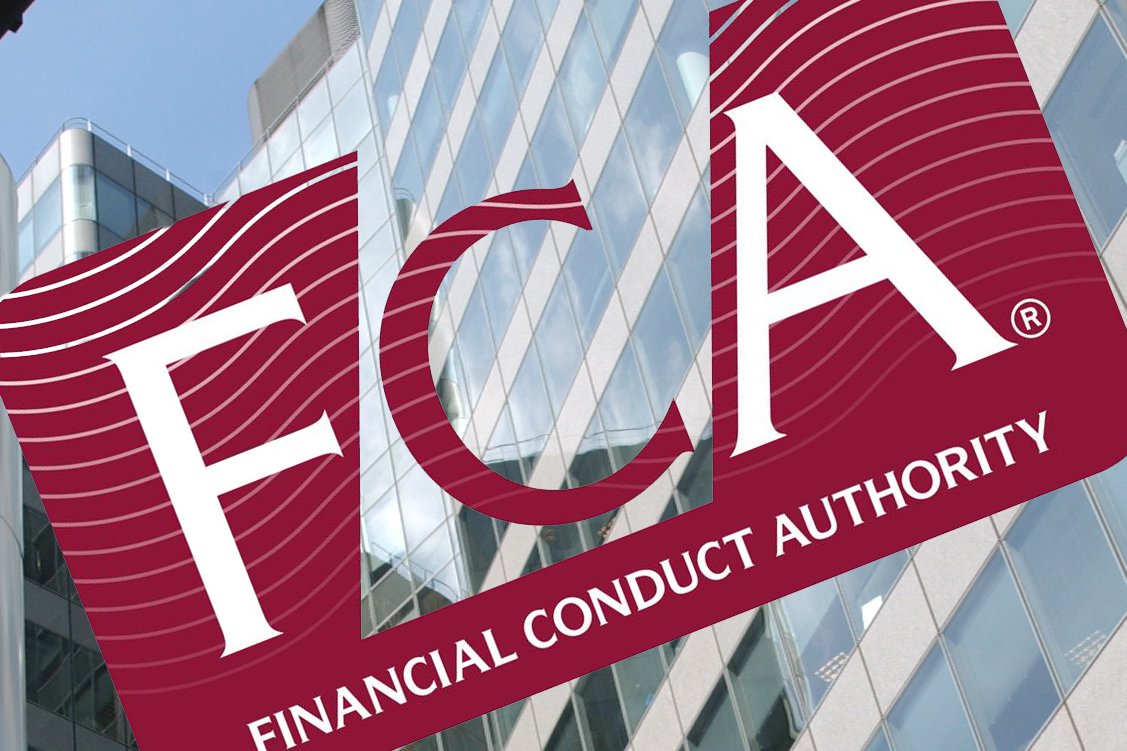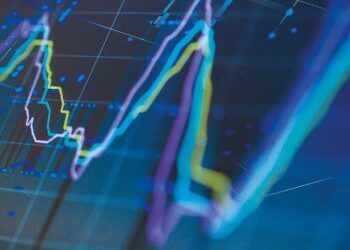The world has changed structurally in the last week. The Federal Reserve (the Fed) raised rates by 75 basis points (bps) – which has not happened in 28 years. To some extent the market had already discounted such a move as 2yr US treasury bonds are 300bps cheaper than last October, with 2yrs now yielding 3.375%.
This gives an insight into how far markets have already discounted the Fed taking further action with rates expected to rise further from the current level (Fed Funds range 1.5-1.75%).
Tensions started to rise last Friday when US CPI, which supposedly had peaked, instead printed 8.6% rather than 8.3% – and was compounded by the University of Michigan’s long term inflation expectations survey jumping by 0.3% to 3.3%. Simply put, inflation and inflation expectations are heading the wrong way and the Fed recognised this with a 75bps rate rise – demonstrating it means business when it comes to fighting inflation.
The Bank of England followed raising 25bps to show it cared about inflation but, with negative growth numbers printed for April, the UK is starting to deal with the potentially toxic mix of higher rates and a contracting economy.
The unscheduled ECB meeting gave support for Italian and other southern European bond markets where there is renewed concern about absolute cost of debt (above 4% for Italy) as well as the relative cost of debt (+2.4% against Germany). Neither number is good, and the ECB talks of Eurozone fragmentation whilst it nervously considers its first official rate move in July
The world’s inflationary pressures are largely due to higher global energy prices following Russia’s invasion of Ukraine, particularly in Europe, which aims to quickly wean itself off now very expensive Russian gas. Inflationary pressures are also present in other major Russian and Ukrainian exports including grains, fertilisers and other commodities.
Higher energy and food prices are acting as a tax on consumption. Measures of consumer sentiment in advanced economies have recently declined to the depressed levels reached during the height of the global pandemic in 2020. Furthermore, CEO confidence is falling and likely to result in a reining in of investment spending.
Despite this gloomy narrative, aggregate corporate earnings forecasts have, to-date, been remarkably resilient. Many companies successfully managed to pass on higher input and labour costs. However, there are increasingly signs of excess inventories in some industries, such as retail, electronic goods, and semiconductors.
In a world where the supply of discretionary goods has increased – and spending on these is constrained by higher energy and food prices – corporate profit margins will likely come under pressure. There is scope for further weakness in risk assets.
The immediate impact on equities from the US rate hike was counter intuitive – US equities rallied sharply, with growth and technology stocks gaining most. This can be chalked up to the market successfully pricing in the move after expectations of a 75bps hike significantly jumped to circa 89% on the eve of the meeting from c.4% a week earlier.
Equity markets have been adjusting to the prospect of higher rates and weaker growth for over six months with the most pronounced negative impact on growth stocks. The 12-month forward PE on the MSCI World index has now fallen from 19x (autumn 2021) to around 14.5x. Equities have not persistently traded below 14x this century outside of the GFC or the subsequent Eurozone crisis.
Despite the ‘relief rally’ on Wednesday it is too early to say this adjustment is over – the rapid re-pricing of the Fed’s intentions in the last week could yet prompt a further capitulation. However, indiscriminate selling has taken some share prices into ‘overshoot’ territory.
From our perspective, market conditions look oversold on several metrics (particularly with respect to growth and mid/small cap equities). With a more challenging outlook some will manage the inflationary wave better than others and against such a backdrop, bottom-up stock picking is vital.
None of this uncertainty about the structural valuation of bonds has helped credit markets where prices are now in extremis territory, last seen back in 2011 or in the liquidity gap at the start of the Covid crisis.
The cost of debt is rising, and our standard investment grade bond fund now yields almost 5%. “Value” has been a key driver of investment thinking and there is plenty of “value” at the moment but that will continue to be a febrile estimation until there is greater clarity in the cost of money.
Looking across our portfolio, we remain confident in the underlying fundamentals of the companies in which we invest. The volatility is opening up great opportunities for longer term returns in the stocks in which our sustainable and growth funds invest. Our income strategies are once again proving a relatively defensive strategy with their proven focus upon financial strength and dividend paying ability.





